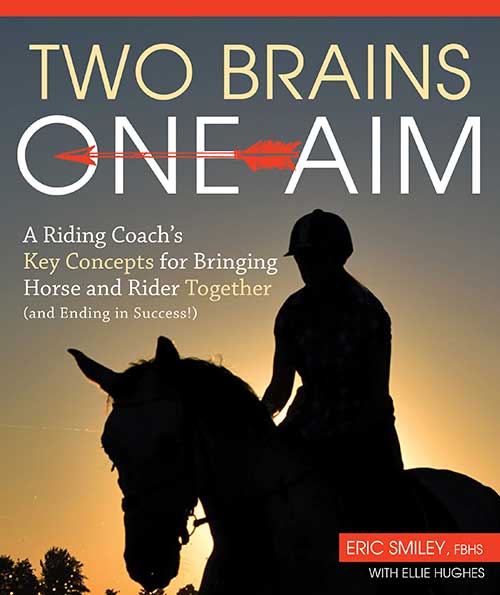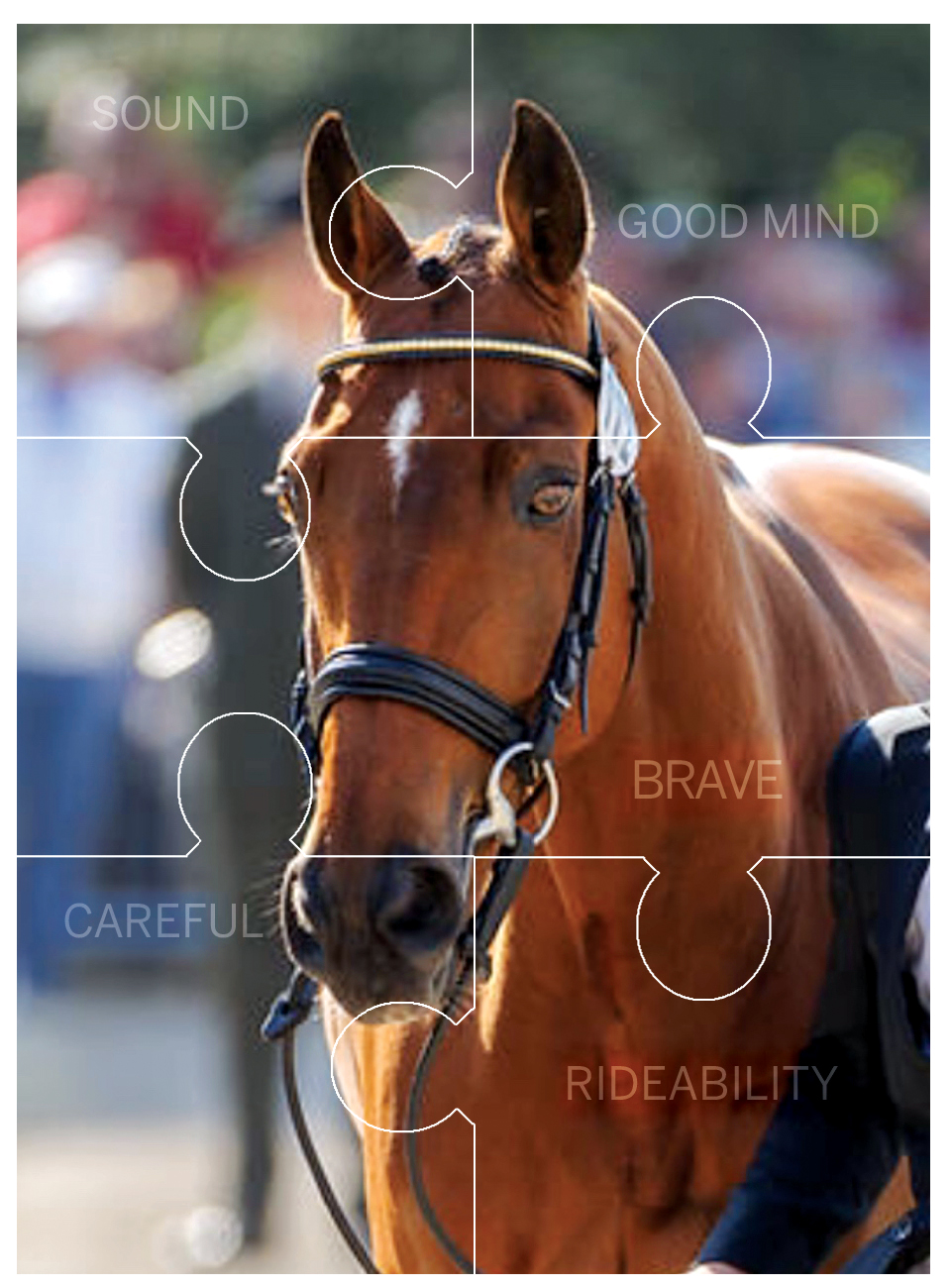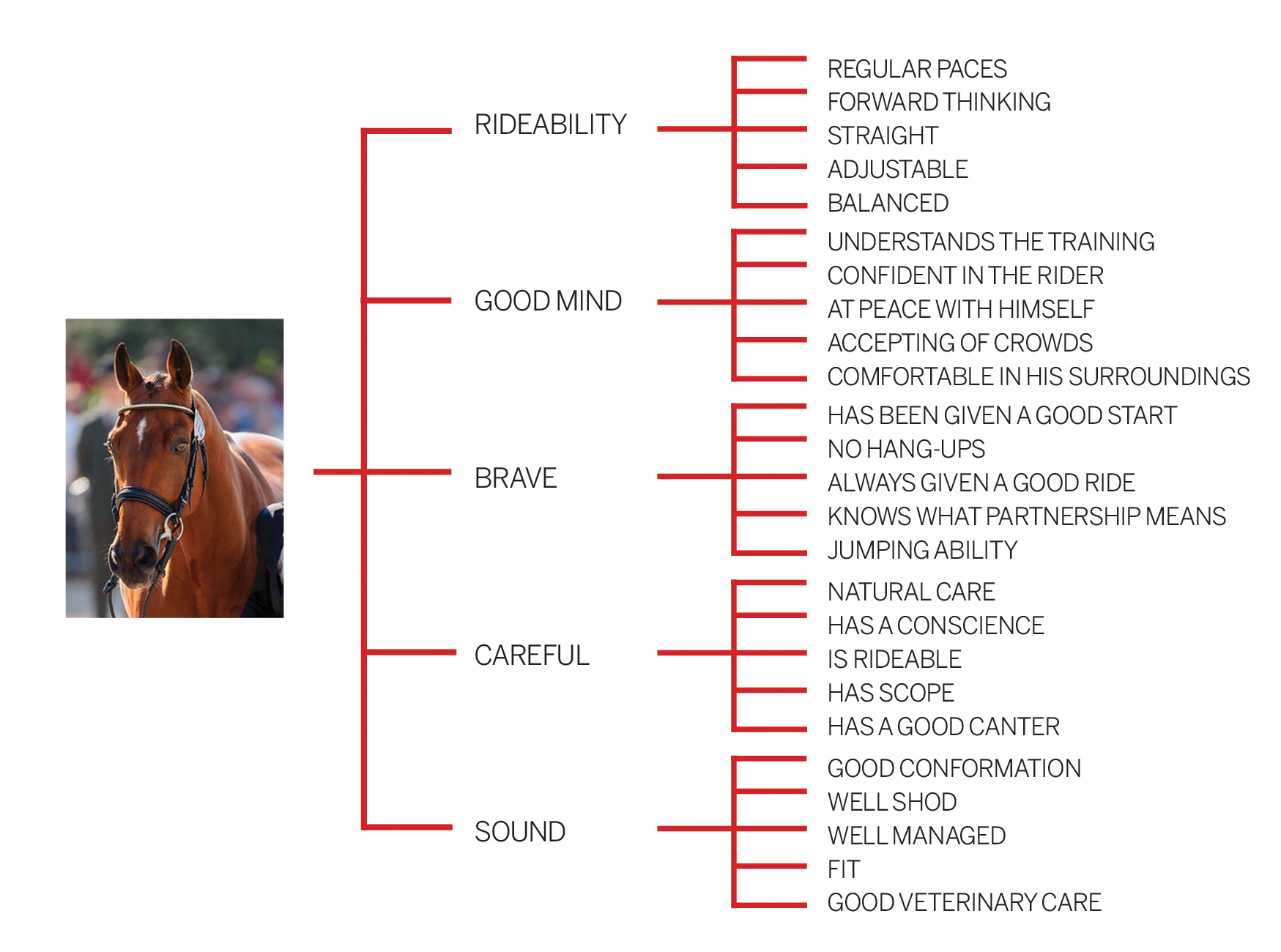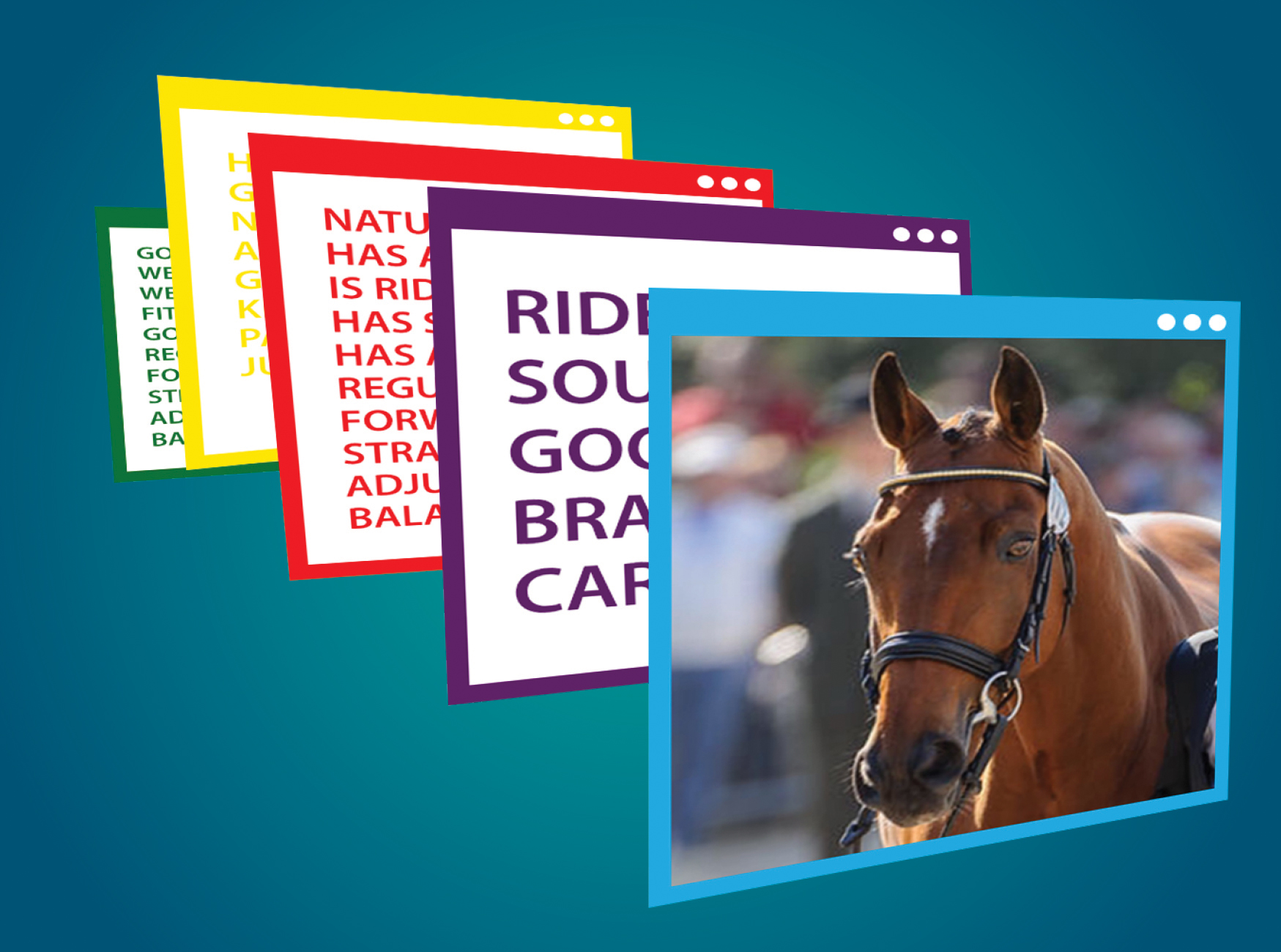
by Eric Smiley
DNA is the unique genetic fingerprint that makes us who we are. From its use in solving murders to its importance in parent testing in humans and animals, it represents a giant leap forward in science. The way DNA has shaped history fascinates me.
If “you are who you are” and certain things cannot be changed due to your DNA, does that also mean “you do what you do” and that every outcome is predictable?
In certain people, yes.
As a coach, my job is to guide and educate. Do I make a lasting difference? This is a question I expect all teachers ask at the end of a tiring day! Sometimes the answer is unclear; sometimes it is obvious.
Often, I watch my pupils compete and wonder whether I am seeing tangible evidence of anything I have taught them or whether I am merely witnessing what would have happened anyway. This is not me doubting myself; it is me trying to be objective so that I can refine what I do.
I am fascinated by what and how much information the human and equine brains are able to retain. But there is a big difference between the two: one is evolving rapidly in today’s high-tech society, while the other has changed very little in thousands of years.
How is harmony to develop between horse and rider when one has aims and ambitions and the other is happy eating grass? Is it possible to predetermine how both will do on their educational journey?
When teaching I am confronted with many questions, choices, and possibilities.
Sometimes there are constraints that are outside my control, sometimes I have to prioritize and decide what it is possible to achieve within a given timeframe. Often, I might need to change direction and alter my priorities in response to a situation that arises.
My ultimate goal is to harmonize a partnership and to give clarity to horse and rider. Both parties need to enjoy the journey and the experience, and for this reason, a clear route map is essential.
Methods of Learning
Information can both enhance and detract from performance. Much depends upon how and when it is delivered, and how well it is learned and retrieved. The information needs to be relevant and appropriate for the recipient’s level and stage of training and because no two individuals are the same, it needs to be tailored to suit. To be able to input, retain, and retrieve information and skills, we need a method.
The following are mental techniques that I have found very useful, both in my career as a competitive rider and, latterly, as a communicator.

1 The Jigsaw Method
Children are often given jigsaw puzzles to solve. At first they are easy, then as children understand the method and logic, puzzles become more challenging. Consider German Olympian Michael Jung’s two-time Olympic champion La Biosthetique Sam FBW, arguably one of the greatest event horses of all time. Let us say Sam has five qualities that make him so successful: rideability, a good mind, bravery, carefulness, and soundness.
Let us put these attributes into a five-piece jigsaw. Each piece has one of these words or phrases on it. You can then make the five-piece jigsaw into a 15- or 25-piece jigsaw by taking each quality and subdividing it into a further three to five qualities:
➤ Rideability: regular gaits, forward thinking, straight, adjustable,
balanced.
➤ Good mind: understands the training, confident in the rider, at peace
with himself, accepting of crowds, comfortable in his surroundings.
➤ Brave: has been given a good start, no hang-ups, always given a good
ride, knows what partnership means, jumping ability.
➤ Careful: natural care, has a conscience, is rideable, has scope, has a
good canter.
➤ Sound: good conformation, well shod, well managed, fit, good veterinary
care.
This is easy to understand because the progression from the initial puzzle is logical and relevant to the subject. The size of the puzzle—whether it has 5, 15, 25, or 50 pieces—will depend on the stage of training of both horse and rider, the time available to give the information and, in many ways, the aim of the lesson. This method begins to give a structure to the picture and a starting point for the qualities that need to be worked on.

2 The Breed-Chart Method
A breed chart is a simple method of presenting information about a horse’s parentage, but it can also be used as a method to store and retrieve information.
Like the jigsaw puzzle, each subject heading can be broken up into different components. A novice rider probably only needs one or two headings, but as learning progresses, more can be introduced.
There is a logical route to follow, which means there is more chance of committing it to memory.
Coaches need to concentrate on packaging information for the needs of the person receiving it and giving her a route or method of retrieving the information.

3 The Cascading Windows
This is an arrangement of windows that overlap one another. Typically, the title bar remains visible so it is always possible to see which windows are open. The basis is simple, yet so effective. As each window is clicked upon a new level of information about the subject opens. As a greater level of information is needed, the subject expands and more depth is exposed. Again, in coaching and teaching terms, presentation of these windows needs to be tailored to the person receiving the information and how much she can or needs to take on board.
There are many methods of collating, storing, and retrieving information. These are the three that I have used that work for me. Whatever method is chosen, it must be simple in concept, easy to work with, and usable in real life.
This excerpt from Two Brains, One Aim by Eric Smiley with Ellie Hughes is reprinted with permission from Trafalgar Square Books (www.horseandriderbooks.com).
Find more interesting articles in our section on Health & Education. Take a look at our section on Books.

































